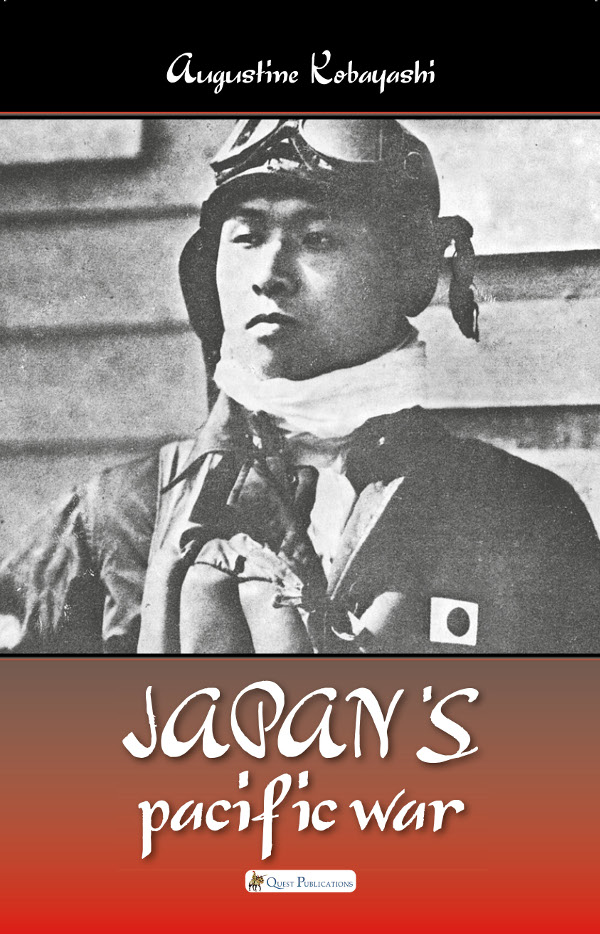
In Decemeber 1941, WW2 became a truly global war with Japan's attack on Pearl Harbor, dragging the US into the war both in Europe and Asia. What is not widely known is that war had been going on since 1931 in Asia, provoked by Japan seeking dominance of Asia. Why Japan chose such aggressive course of action is even less well understood. This book seeks to explain how Japan's internal conditions and external relations led her to a war in Asia that would in turn lead to a head-on collision with the US and the Western colonial powers. Japan did not plan for such a general conflict with the entire West. Japan's frustration at the failure to defeat China, however, made her decide that they had no choice but to fight the US also. Japanese strategic thinking was thus still very premature, with Japanese military leaders unable to think through the likely consequences of such a course of action; they certainly did not have flexibility to adjust to changing strategic environment due to change of technology, economic balance and the sheer commitment of the US to the war aim of completely defeating Japan. Neglecting war logistics and obsessed with the idea of decisive fleet action, the Japanese were worn down by the increasing air and naval power of the US and was crushed in the end. Such outcome had been anticipated by the Western Allies in their war studies before the 1940s. Hence the tragedy is Japan's failure to come up with any effective scheme to defeat American strategy. Defeated comprehensively in war of logistics, starving Japanese soldiers acted badly everywhere, a legacy of WW2 in Asia which Japan has to live with even today.
Read more: http://www.quest-publications.com/books/japans-pacific-war/
Genre: HISTORY / Military / World War II#386,343 Paid in Kindle Store (See Top 100 Paid in Kindle Store)
#219 in Kindle Store > Kindle eBooks > History > Asia > Japan
#974 in Books > History > Asia > Japan
#1677 in Kindle Store > Kindle eBooks > History > Military > World War II
From December 1941, Japan and the US-led Western allies were locked in a deadly struggle for supremacy over the western Pacific region. It is commonly known as the 'Pacific War'. This is a very America-centric designation, denoting the theatre of operations for the United States (in contrast to the European theatre). During the war itself, the Japanese called it the 'Great East Asia War [大東亜戦争],’ which is more accurate in terms of its scope and war aims. Yet the Japanese eagerly adopted the American terminology in the post-war years, partly because they could tell themselves that they were victims of American brute force (the US lost about 200,000 killed in the Pacific theatre, while the Japanese lost more than 3 million, including victims of atom bombs). Yet, the Japanese inflicted more than 10 million dead on China alone. It is difficult to say that Japan is a victim of Western aggression, even though, there is a tendency especially over the Internet to portray history of WW2 in these terms.
In the post-war years, Japanese historians have come up with different ways to write their history. Some scholars proposed to call wars Japan fought in the 30s and the 40s collectively the 'Fifteen Year War.’ In this view, the War in the Pacific is a part of a wider struggle to dominate Asia-Pacific which Japan started in 1931 by annexing the northern half of the now defunct Chinese Empire to achieve its own dream of empire. It ended with Japan’s eventual defeat to the Allies in 1945.
| Language | Status |
|---|---|
|
German
|
Translation in progress.
Translated by Karsten Brabaender
|
|
Italian
|
Translation in progress.
Translated by Licia Braga
|
|
Spanish
|
Translation in progress.
Translated by Leonardo Rene Millan Valencia
|